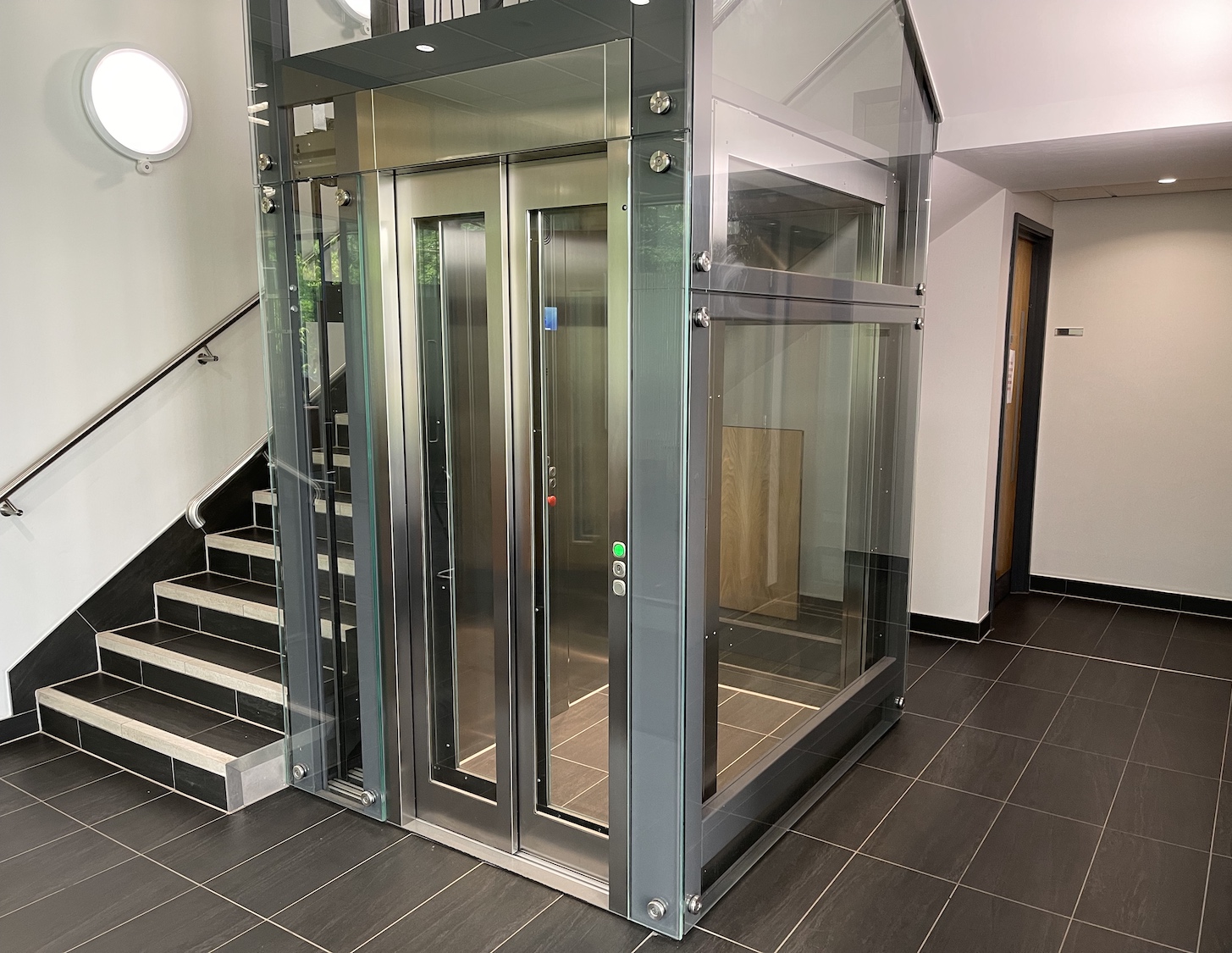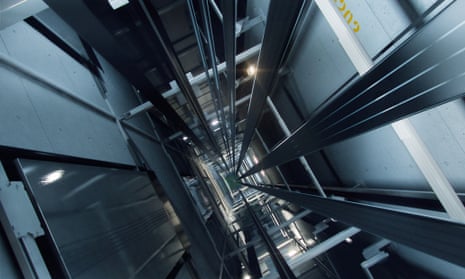Leading Lift Companies in London: Offering High Quality Installations and Upkeep
Leading Lift Companies in London: Offering High Quality Installations and Upkeep
Blog Article
Looking Into the Globe of Elevators: Usual Problems Faced by Different Lift Devices
As we navigate via the vertical transportation systems of contemporary buildings, lifts attract attention as a crucial part of our lives. Nonetheless, behind their smooth procedure lies a world of elaborate mechanisms that can in some cases encounter challenges. From hydraulic lifts to grip systems and machine-room-less layouts, each lift type includes its collection of common concerns. Comprehending these challenges is vital for making sure the smooth performance of these crucial systems. Allow's explore the complexities that underlie the operation of lifts and the possible issues that can emerge, losing light on the elaborate internet of lift mechanisms.
Hydraulic Elevators
Hydraulic elevators, usually preferred for low-rise buildings, use fluid pressure to manage the activity of the elevator auto (lift repair companies). This system involves a hydraulic pump pushing oil into a cyndrical tube, causing the elevator to move in the wanted direction. While hydraulic lifts are known for their smooth and silent operation, they do include their own collection of typical issues
One common issue with hydraulic elevators is oil leak. The seals in the hydraulic system can wear in time, resulting in oil seepage. If left unaddressed, this not only creates a mess however can also influence the elevator's efficiency. Additionally, issues with the control system, such as defective valves or a malfunctioning pump, can cause interruptions in the elevator's movement.
Normal upkeep and timely fixings are vital to guarantee the smooth functioning of hydraulic lifts. By dealing with these usual issues proactively, structure owners can reduce downtime and make sure the safety and effectiveness of their upright transportation system.
Traction Lifts
When thinking about upright transport systems in buildings, another usual type other than hydraulic lifts is the grip elevator. Traction elevators run using a system of ropes and weights that relocate the lift automobile by clutching onto the hoist ropes. This mechanism enables smoother and much faster upright transportation compared to hydraulic systems.
One of the usual concerns faced by grip lifts is rope wear. The continuous movement of the ropes within the traction system can lead to tear and wear in time, potentially triggering the elevator to breakdown or end up being dangerous for usage. Normal evaluations and maintenance of the ropes are important to guarantee the lift's correct performance and security.
Another problem that traction lifts might run into is related to the control system. Problems with the control system can lead to issues such as irregular activity, hold-ups in reaction times, or even complete closures. Normal testing and upkeep of the control system are vital to avoid such problems and make certain the lift's reliability.
Machine-Room-Less (MRL) Elevators

One of the essential elements of MRL elevators is the portable gearless traction equipment that is installed within the hoistway. This maker successfully drives the elevator vehicle without the demand for bulky tools located in typical grip elevators. Furthermore, MRL lifts commonly use a weight system to balance the car, additional improving their power performance.
Despite their benefits, MRL elevators might encounter difficulties associated to repair and maintenance because of the constrained area for equipment installation. Accessibility for servicing components within the shaft can be limited, requiring specialized training for professionals. Correct maintenance routines and normal evaluations are vital to make certain the ongoing smooth operation of MRL lifts.
Overloading and Weight Restriction Issues
Straining and weight limitation issues are vital issues in elevator procedures. Lift producers design raises with certain weight capabilities to guarantee guest safety and security and devices longevity.
When lifts are overwhelmed, it puts too much stress on the motor, cables, and various other elements, potentially creating malfunctions or break downs. Security devices such as sensing units and overload sensing units remain in place to stop lifts from moving if they discover excess weight. Additionally, surpassing weight limits can cause enhanced power intake and deterioration on the lift system.
To alleviate overloading problems, constructing managers need to prominently show weight restrictions in elevators and enlighten occupants on the value of sticking to these restrictions - lift repair companies. Normal maintenance checks by qualified specialists can additionally help guarantee that lifts are operating within risk-free weight criteria. By dealing with overloading and weight limitation issues proactively, building owners can boost lift safety and effectiveness
Electric System Failures
Surpassing weight limitations in elevators can not only lead to mechanical issues but additionally possibly add to electrical system failures within the lift framework. Electric system failings are a critical concern in lift procedure, as they can trigger a knockout post unforeseen shutdowns, breakdowns, or also security dangers.
Furthermore, power surges or fluctuations in the electrical supply can additionally interfere with the elevator's procedure, affecting its performance and security. These electrical disruptions can harm sensitive elevator elements such as control panels, motherboard, or sensors, bring about system failures. Normal upkeep and examinations are vital to recognize and deal with potential electric concerns promptly, ensuring the effective and risk-free operation of elevator systems. By sticking to weight restrictions and performing regular electric system checks, building owners can mitigate the risk of electrical failures in elevators.
Verdict

Hydraulic lifts, often favored for low-rise buildings, utilize fluid pressure to regulate the motion of the elevator automobile.When taking into consideration vertical transportation systems in structures, another common type aside from hydraulic lifts is the grip elevator. Traction lifts run utilizing a system of ropes and weights that move the elevator vehicle by clutching onto the hoist ropes. Unlike typical elevators that require a separate machine room to house the equipment, MRL lifts incorporate many of the components within the shaft, eliminating the requirement for a committed device space.In conclusion, lifts deal with common concerns such as hydraulic malfunctions, traction system failings, and electric system issues.
Report this page